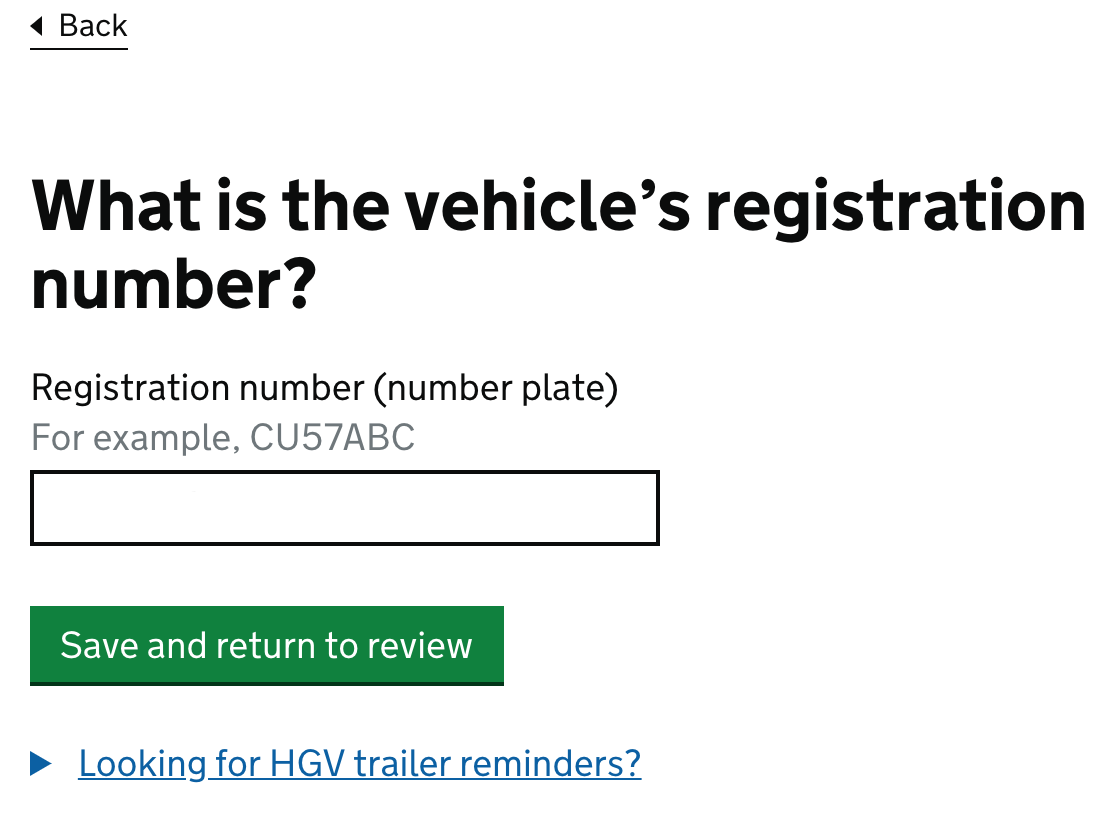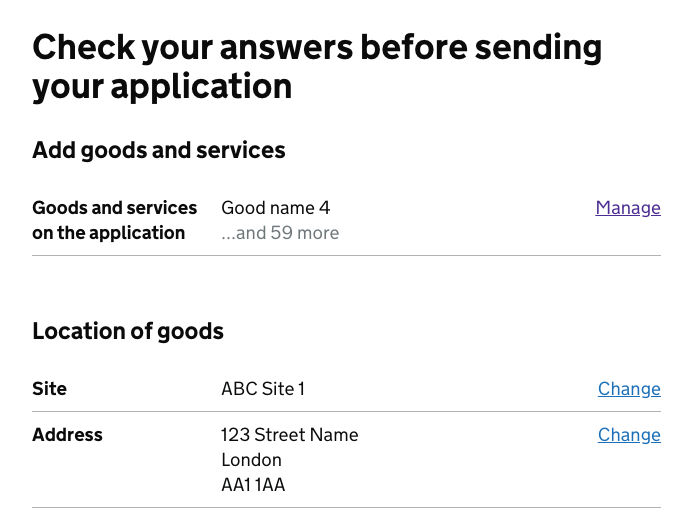We tested Prototype Kit's Check your answers page on NVDA + Firefox + Windows 10). If NVDA is set to read all content from top of page, it reads out "List of 12 items" on encountering the definition list ("Personal items"). As 12 items here includes both the dt tags ("Name") and the Change links, this might not be helpful to the user. NVDA reads out List of x items with both ul and dl lists so it could be it's not clear to the user how many actual "items" there are in a definition list from NVDA's description.










Use this issue to discuss this pattern in the GOV.UK Design System.